Sure, Arizona offers more sunny days than a beach novel, but some of its towns have a forecast that’s cloudy with a chance of regret.
Before you decide to settle down in the sun, take a tour of the top 20 towns you might want to skip in your golden years.
Keep reading unless you’re planning to invest in a disappointment-proof vest.
Update 2025: Removed a few towns and added Tolleson, Page and New Kingman-Butler.
1. Globe, Arizona
Globe is a city steeped in mining history and surrounded by mountains, offering scenic views and a number of historical sites. The population is around 7,100.
Despite its deep-rooted Wild West history, Globe, AZ continues to struggle with lawlessness, posting the highest violent crime rate in Arizona.
With property crimes skyrocketing and crime rates still on the rise, Globe seems trapped in its dangerous past rather than moving toward a safer future.
Globe also struggles with economic development, affecting the overall quality of life for retirees.
[REASONS FOR LISTING]: Highest crime rate in Arizona.
2. Tolleson, Arizona
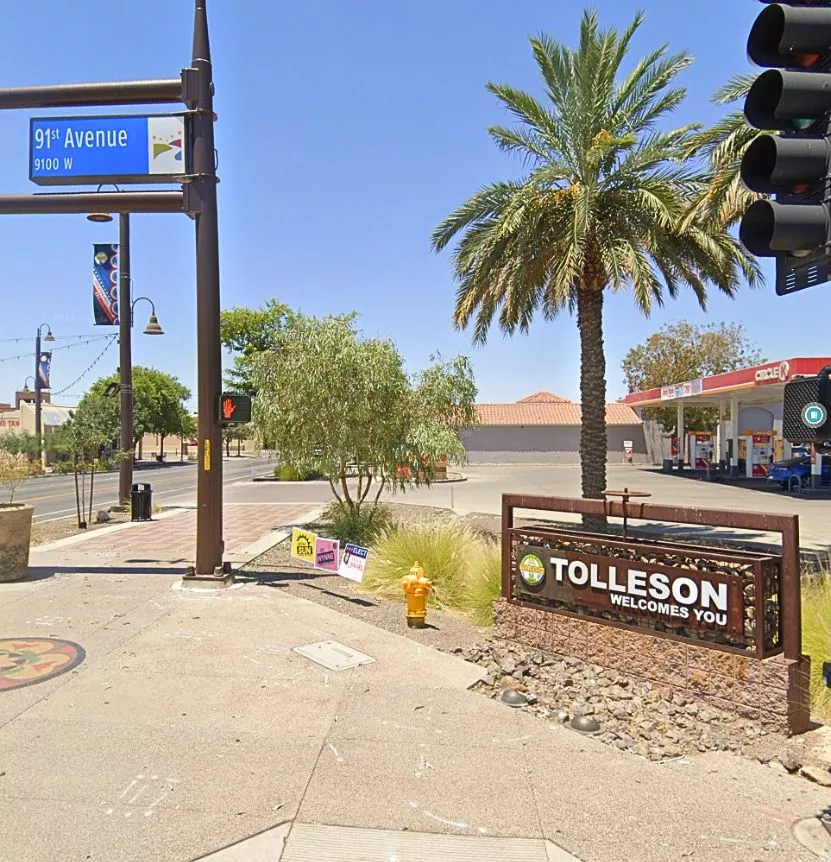
Tolleson is a small city located in Maricopa County with a population of approximately 7,000. The town is predominantly Hispanic (78%), reflecting its rich cultural heritage, and offers affordable housing options.
However, Tolleson faces significant challenges, including a poverty rate of nearly 30% and limited economic opportunities. It is also the 4th most dangerous town in AZ.
The town’s infrastructure and public services are underdeveloped, and healthcare facilities are scarce, making it less appealing for retirees or those seeking stability.
Additionally, the city’s population has been steadily declining, highlighting ongoing socioeconomic struggles.
While Tolleson provides a strong sense of community and cultural vibrancy, its economic and infrastructural limitations make it less favorable for retirement living or long-term growth.
3. Eloy, Arizona
Eloy is centrally located between Phoenix and Tucson. It’s known for skydiving and outdoor activities which attract a younger crowd. However, it has a population of around 18,000 people.
The town has high crime rates and limited healthcare services which are major concerns for retirees. Moreover, Eloy experiences extreme temperatures in summer that can be challenging for the elderly.
Its proximity to larger cities is a plus, but the local issues make it less desirable for those seeking a peaceful retirement.
[REASONS FOR LISTING]: High crime rates and extreme weather conditions.
4. Coolidge, Arizona
Coolidge is known for its agricultural roots and the nearby Casa Grande Ruins National Monument, which is located within the city limits. It has a small-town feel with a population of over 18,000 people.
However, while the town has several medical facilities including Sun Life and Desert Senita along with various doctors and dentists offices, and access to Anthem Hospital just outside city limits, its economy is not as robust, leading to fewer job opportunities for seniors who wish to work part-time. Coolidge also has limited cultural and recreational activities which are important for an engaging retirement life.
Its rural charm is undeniable, but the limited recreational amenities and economic opportunities make it less attractive to retirees looking for more than just quiet.
[REASONS FOR LISTING]: Limited recreational activities and fewer economic opportunities, though healthcare access is available.
5. South Tucson, Arizona
South Tucson is encircled by the city of Tucson and covers an area of just over one square mile. It’s known for its rich cultural heritage and vibrant food scene.
Despite these attractions, the area has one of the highest crime rates in Arizona, which is a significant deterrent for retirees. Additionally, the healthcare facilities in South Tucson are not as comprehensive as one might expect in a larger urban area.
The cultural vibrancy is appealing, but safety concerns and healthcare limitations place it on this list for retirees.
[REASONS FOR LISTING]: High crime rates and inadequate healthcare services.
6. Winslow, Arizona
Winslow is famous for being mentioned in the Eagles’ song “Take It Easy” and its historic Route 66 attractions. The town has a unique charm with a population of about 9,600 people.
Despite its fame, Winslow has a limited healthcare system and higher crime rates compared to other towns in Arizona. The local economy is also not very dynamic, offering fewer opportunities for retirees looking for part-time employment or volunteering.
The cultural attractions are a draw, but the practical aspects of living in Winslow can be challenging for retirees.
[REASONS FOR LISTING]: Limited healthcare facilities and higher crime rates.
7. Holbrook, Arizona
Holbrook is the gateway to the Petrified Forest National Park and has a rich history connected to the old west. It has a population of about 5,000.
However, the town suffers from a lack of healthcare services and educational opportunities for seniors interested in continuous learning. It also experiences significant temperature fluctuations, which can be tough on retirees.
The natural beauty is a plus, but the limited services and extreme weather make Holbrook less favorable for retirement.
[REASONS FOR LISTING]: Inadequate healthcare and limited educational resources for seniors.
8. Guadalupe, Arizona
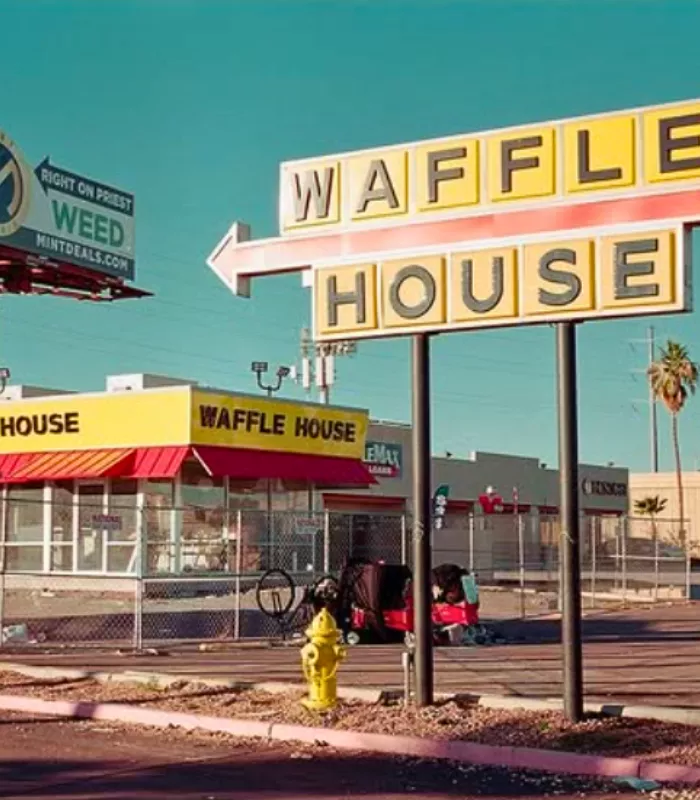
Guadalupe is a small town rich in Native American and Hispanic culture, located between Phoenix and Tempe. The town has a vibrant cultural scene but a population of just over 6,000.
It faces challenges like higher crime rates and a lack of healthcare facilities, which are crucial for retirees. The proximity to larger cities is beneficial, but the local issues overshadow the advantages.
While culturally rich, Guadalupe’s practical living conditions are not ideal for retirees seeking safety and comprehensive healthcare.
[REASONS FOR LISTING]: High crime and insufficient healthcare services.
9. Bisbee, Arizona
Bisbee is a picturesque town known for its Victorian and Art Deco architecture, vibrant arts scene, and relatively mild climate due to its 5,499-foot elevation. Located in the Mule Mountains, it attracts tourists and artists with its historic charm.
Yet, the town’s extremely hilly terrain can be challenging for retirees with mobility issues. Bisbee’s streets are narrow and terraced on slopes, with residential areas built on steep hills like Chihuahua Hill and Quality Hill.
While Bisbee does have healthcare access through Copper Queen Community Hospital, which provides 24-hour emergency services and various outpatient services, specialized care often requires travel to larger cities like Tucson, 90 miles away. The hospital is planning an expansion to improve services.
The artistic community and pleasant climate (with approximately 285 sunny days per year) are attractive, but the practicalities of navigating Bisbee’s challenging topography can be demanding for retirees.
10. Douglas, Arizona
Douglas is located on the border with Mexico and has a rich history linked to the Old West. The town is known for its historic sites and is home to about 16,000 people.
However, Douglas struggles with border-related security issues and has limited healthcare facilities. The economic opportunities are fewer, and the community resources tailored to retirees are sparse.
The historic allure is significant, but the border town challenges make Douglas a less desirable place for retirees.
11. New Kingman-Butler, Arizona
New Kingman-Butler is a census-designated place near Kingman with a population of about 12,000. It offers affordable housing and a low cost of living, attracting budget-conscious residents.
However, the area struggles with high unemployment and poverty rates, limited job opportunities, and minimal public services. Crime rates are above average, and healthcare facilities are scarce, making it less appealing for retirees or families seeking stability.
While affordable, the lack of economic growth and safety concerns weigh heavily on its livability.
12. San Luis, Arizona
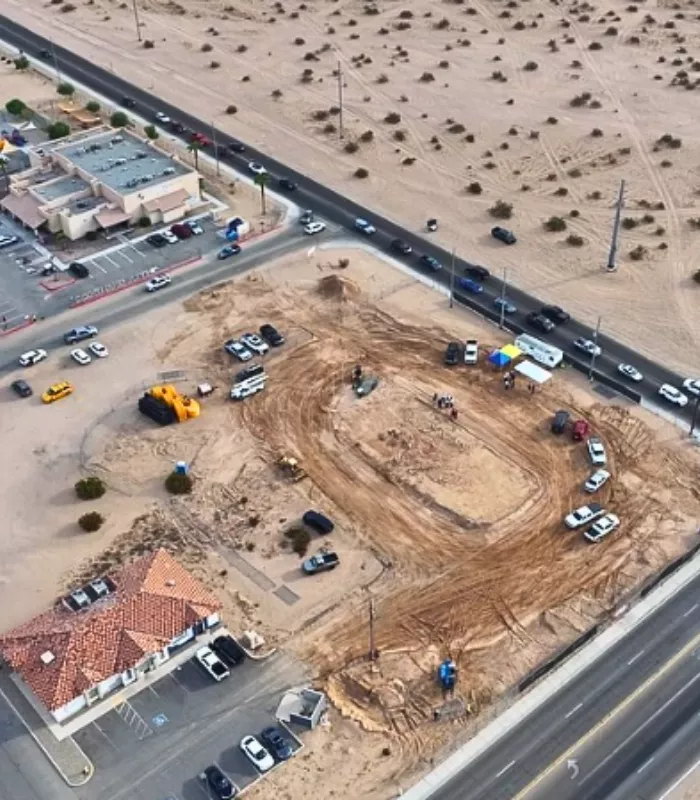
San Luis is a border town that experiences high traffic and security issues related to its proximity to Mexico. The town is vibrant with cultural exchanges but has a population of about 31,000.
The town faces healthcare challenges, with limited medical facilities available for the aging population. Additionally, the heat can be extreme in the summer months, reaching temperatures that are uncomfortable for many, especially the elderly.
Despite its cultural vibrancy, the practical issues related to security and healthcare place San Luis on this list.
[REASONS FOR LISTING]: Border town security issues and extreme heat.
13. Snowflake, Arizona
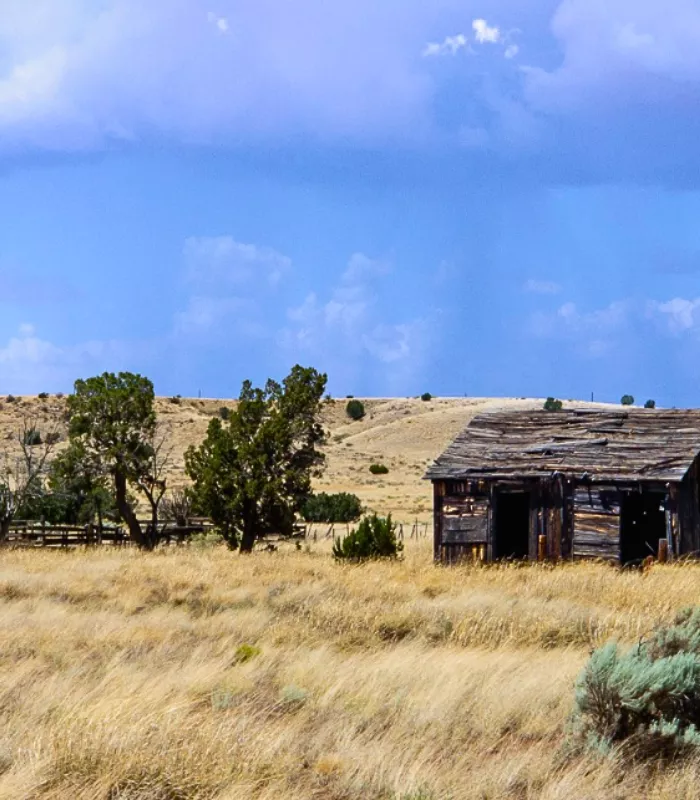
Snowflake is known for its historic homes and the annual Snowflake Pioneer Days celebration, which attracts many visitors. The town’s name reflects its founders, Erastus Snow and William Flake.
However, Snowflake’s remote location results in limited access to specialized medical care, and the local economy is mostly based on agriculture and light manufacturing, which does not offer much to retirees.
The town’s quaint charm is overshadowed by the lack of healthcare and economic opportunities, making it less appealing for retirement.
[REASONS FOR LISTING]: Remote location and limited healthcare.
14. Benson, Arizona
Benson serves as a gateway to the Kartchner Caverns State Park, offering beautiful natural scenery and outdoor activities. The town has a population of around 5,000 people.
Despite its proximity to natural attractions, Benson lacks comprehensive medical facilities and has a limited number of activities tailored to seniors. The town also has a higher than average crime rate, which can be a concern for safety.
The scenic environment is a plus, but the lack of essential services for retirees places Benson on this list.
[REASONS FOR LISTING]: Limited healthcare and higher crime rates.
15. Willcox, Arizona
Willcox is known for its rich cowboy heritage and wine country, which makes it a popular tourist destination. It is located in southeastern Arizona and has a population of about 3,400.
However, the town’s remote location poses challenges for accessing healthcare and other senior services. Economic opportunities are limited, particularly for those looking to work or volunteer in their retirement.
While it offers cultural and historical attractions, Willcox’s practical issues make it a less favorable choice for retirees.
[REASONS FOR LISTING]: Remote location and economic limitations.
16. Quartzsite, Arizona
Quartzsite is widely known for its seasonal RV gatherings and gem shows, attracting thousands of visitors in the winter months. The town’s population swells during these times but remains quite small year-round.
The fluctuating population and lack of permanent healthcare facilities present challenges for retirees who reside here year-round. Additionally, the town’s infrastructure struggles to support the seasonal influx.
While popular among RV enthusiasts, Quartzsite’s seasonal nature and lack of stable amenities make it tough for retirees looking for a steady community.
[REASONS FOR LISTING]: Lack of permanent healthcare and fluctuating population.
17. Clifton, Arizona
Clifton is noted for its copper mining history and the Greenlee County Fair. The town, with a population of just over 3,000, lies along the San Francisco River.
The town suffers from limited healthcare services and a high crime rate relative to its size. The economic situation is also constrained, with few job or volunteer opportunities for retirees.
While scenic and historical, Clifton’s practical living conditions are less than ideal for those seeking a peaceful retirement.
[REASONS FOR LISTING]: Limited healthcare and high crime rates.
18. Page, Arizona
Page is famous for its stunning natural attractions like Lake Powell and Antelope Canyon. With a population of about 7,500, it thrives on tourism but lacks economic diversity.
The town faces challenges like limited healthcare access and high poverty rates. Public transportation is nearly nonexistent, making it difficult for those without personal vehicles.
Despite its scenic beauty, Page’s reliance on tourism and lack of amenities make it less ideal for retirees or long-term residents.
19. Youngtown, Arizona
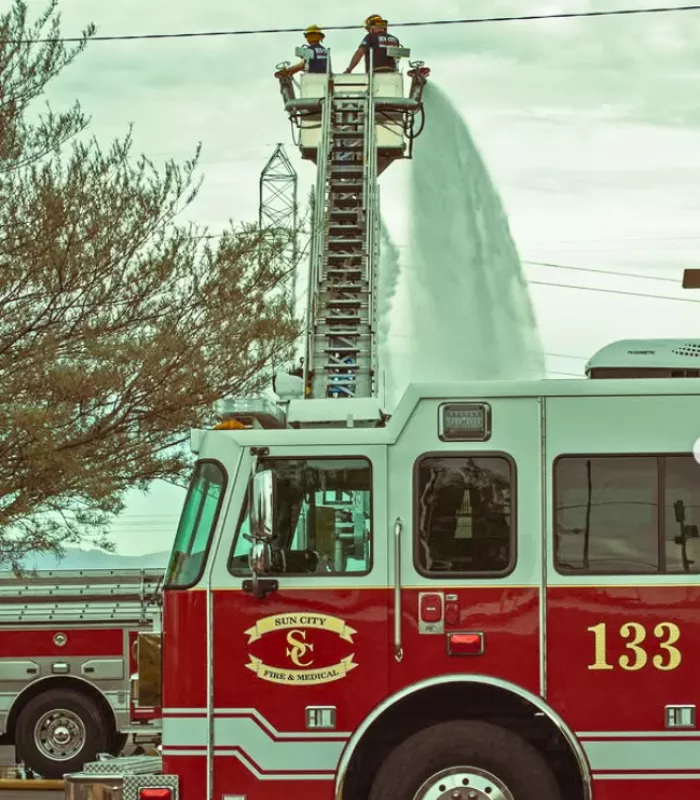
Youngtown is known for being the oldest retirement community in the U.S. It was exclusively for retirees until 1999. The town is relatively small, covering an area of just 1.3 square miles.
Despite its historic charm, Youngtown has limited medical facilities, which can be a concern for residents needing regular healthcare. The town also has fewer recreational activities compared to other retirement destinations.
While it offers a quiet lifestyle, the lack of amenities and services tailored to older adults makes Youngtown less appealing to active retirees.
[REASONS FOR LISTING]: Limited healthcare facilities and few activities for seniors.
20. Lake Havasu City, Arizona
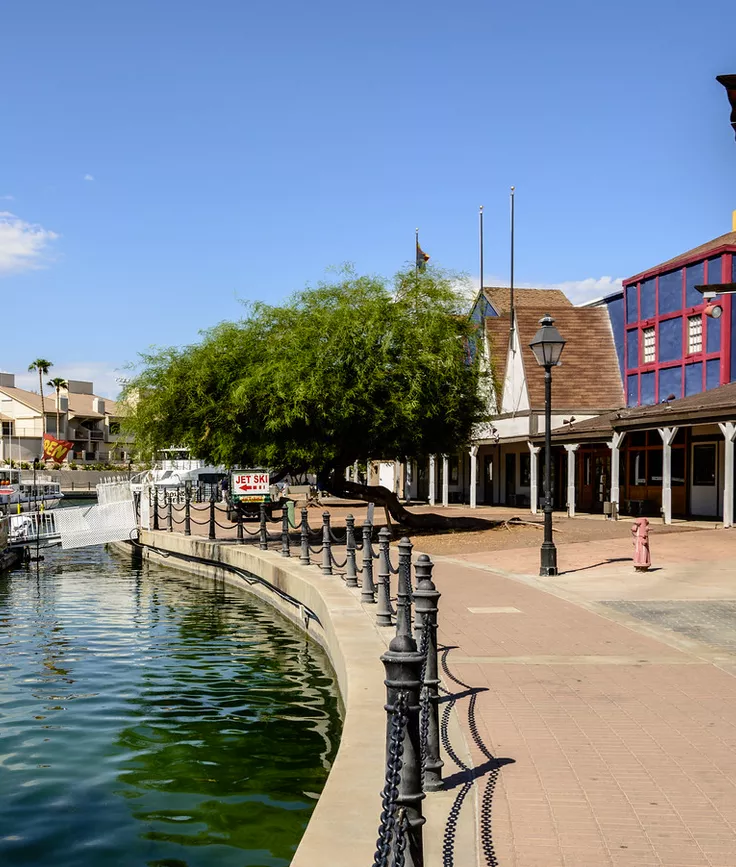
Lake Havasu City ranks as the #1 worst city for retirement in the U.S. according to ConsumerAffairs’ 2023 data.
The city scores poorly on multiple metrics critical for retirees. These include cost of living, preventive services for those 65+, park access, access to healthy foods, and weather conditions.
The extreme heat during summer months can be particularly challenging for seniors.
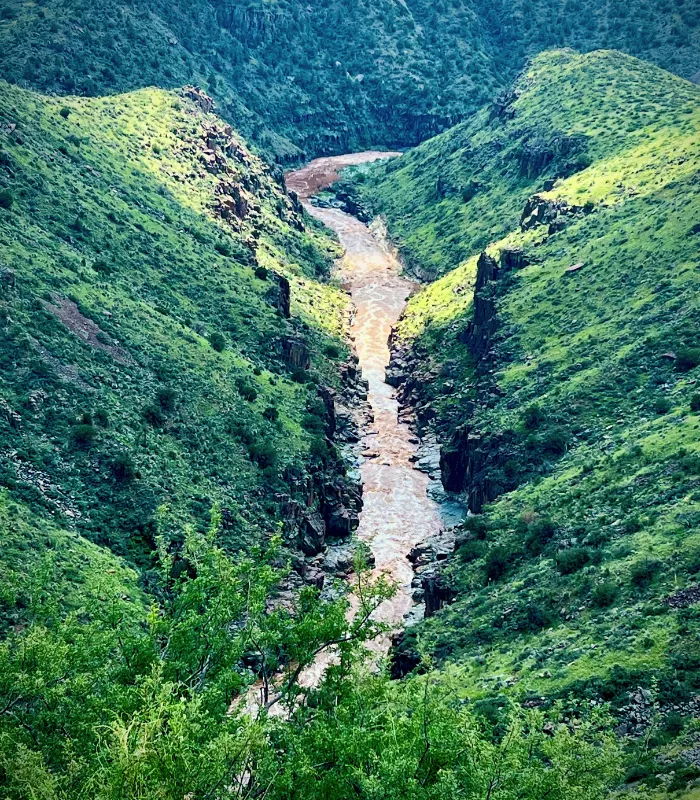
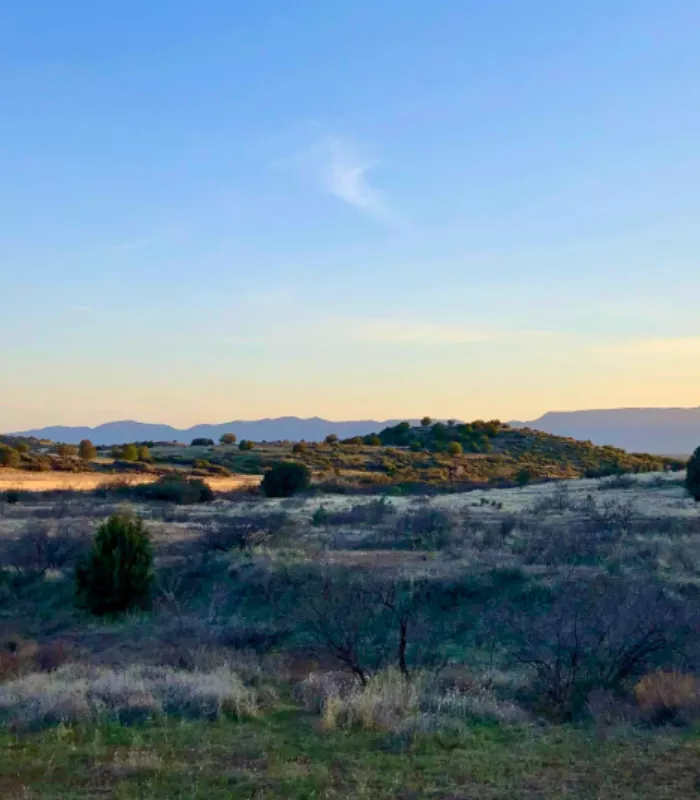
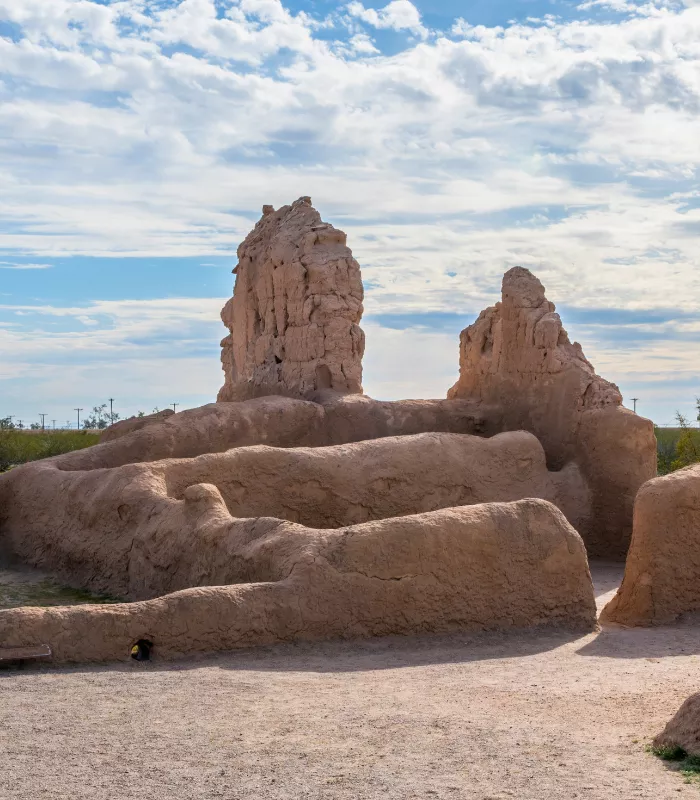

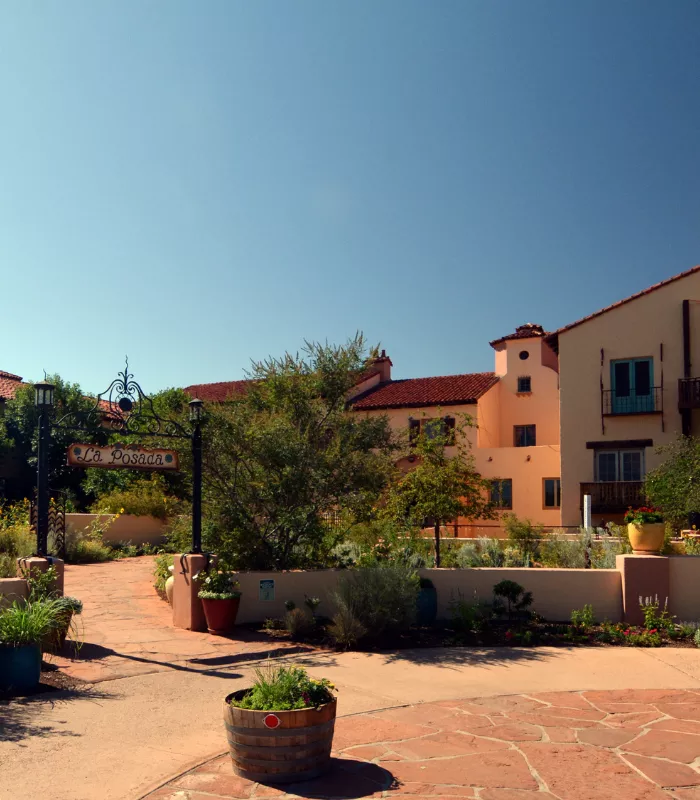
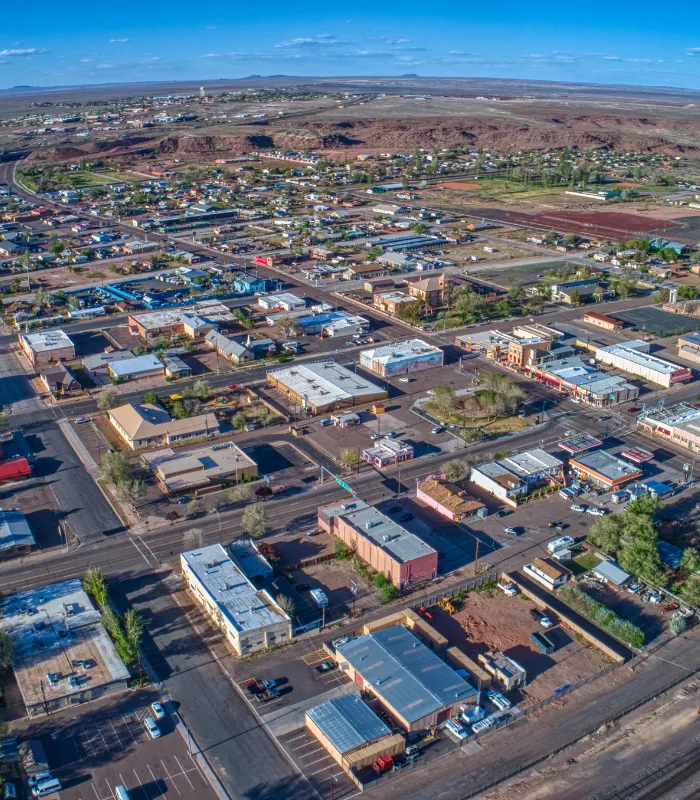
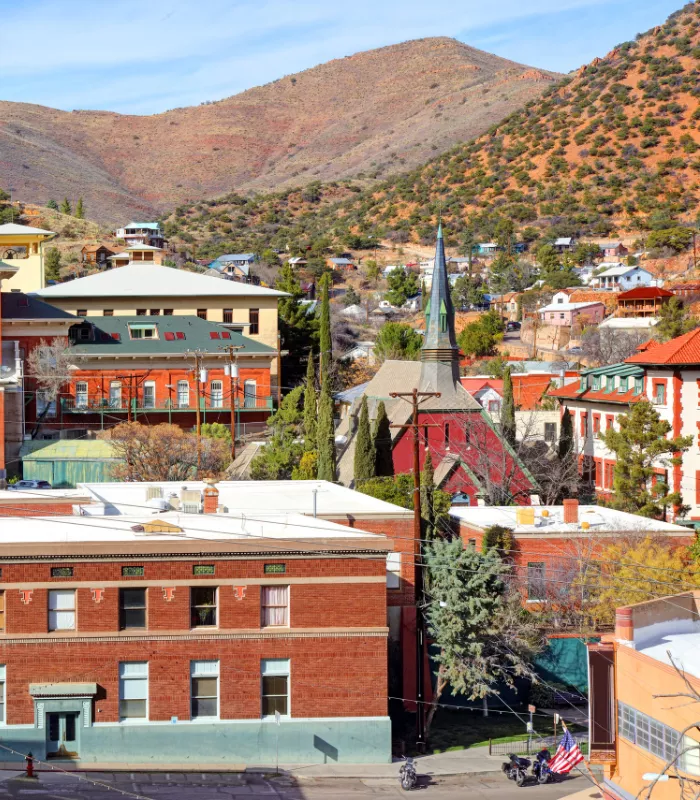
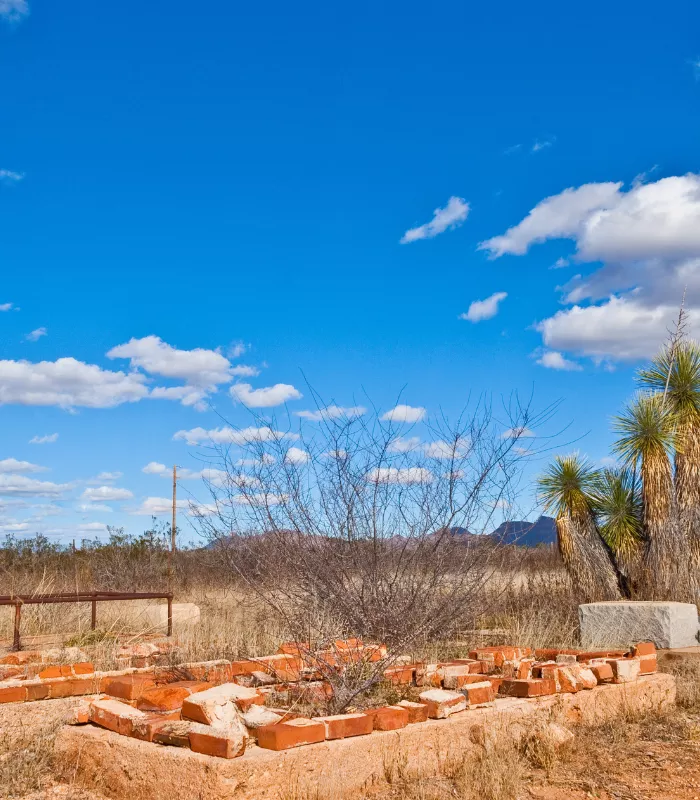

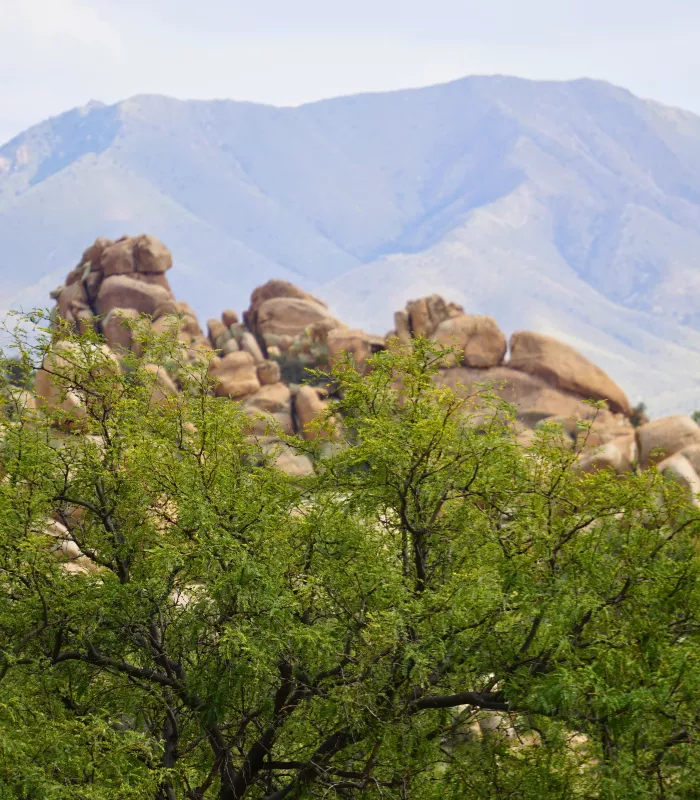
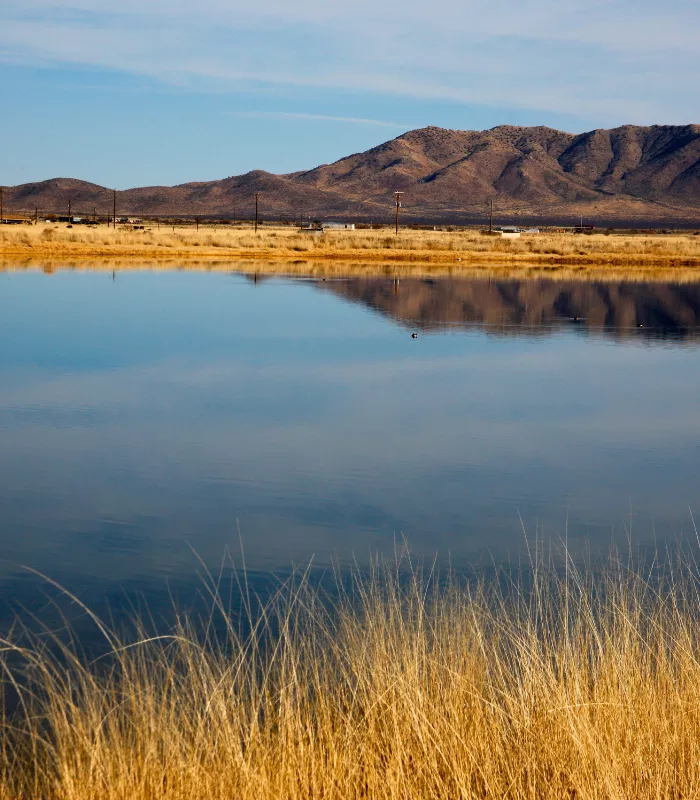
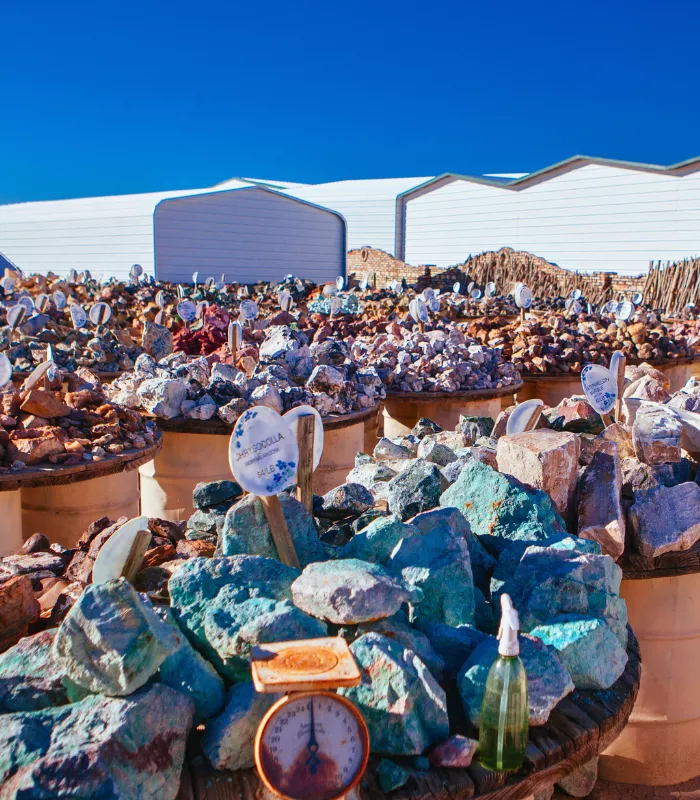
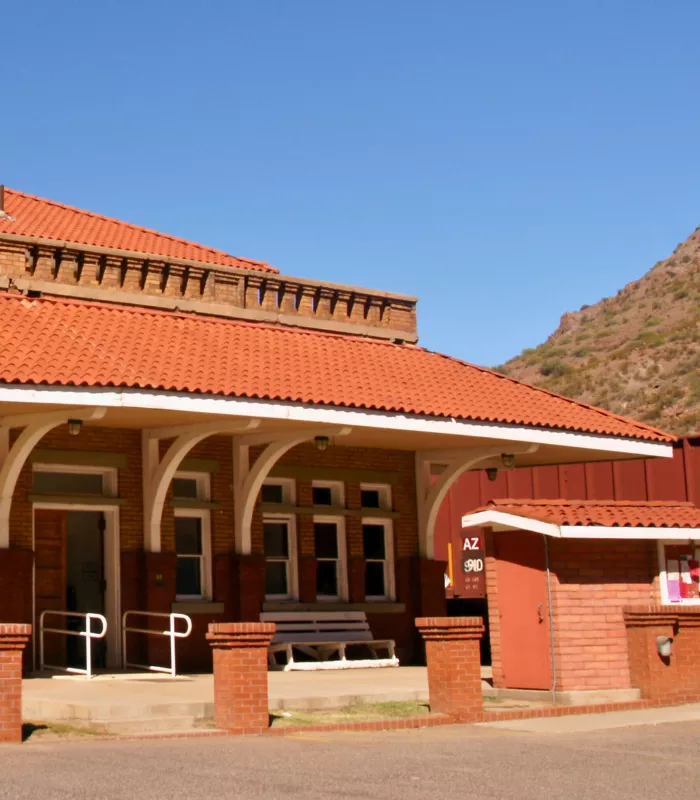
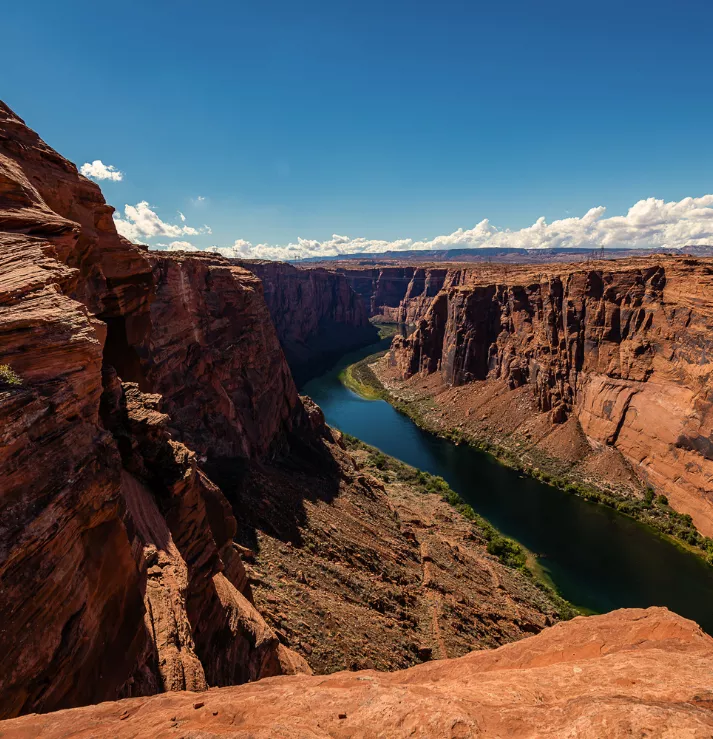
How about a list of the nicest places for retirees and don’t mention Phoenix Tucdon or any major cities. Got to be some small towns with a decent clinic/ hospital
Good idea. I will do that soon.
Bisbee does have a hospital and the customer service is fantastic.
Customer service is not always great according to this: https://www.yelp.com/biz/copper-queen-community-hospital-bisbee
What about Parker in LaPaz county?